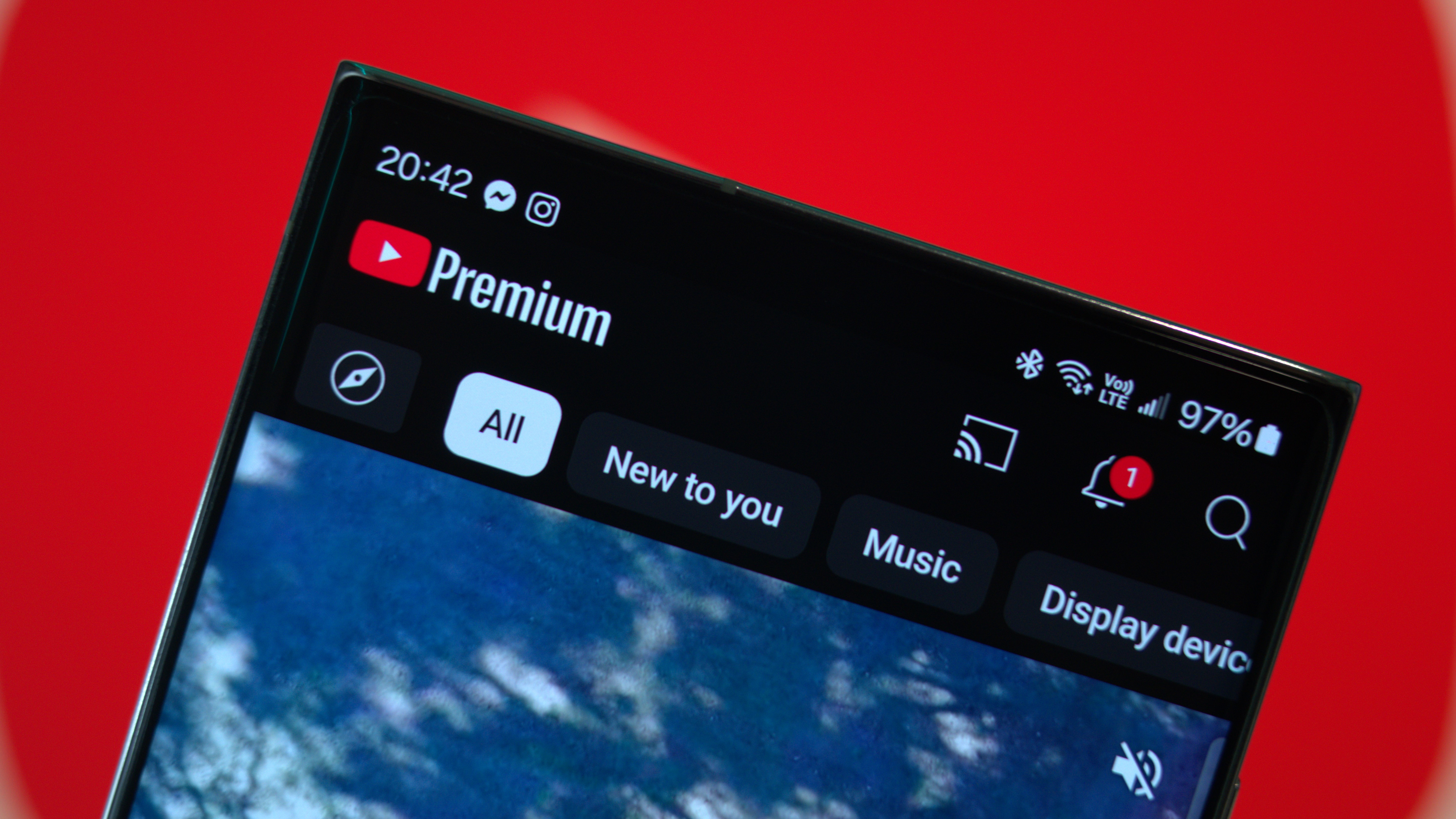Here's the magic behind the Galaxy S20 Ultra's Space Zoom feature
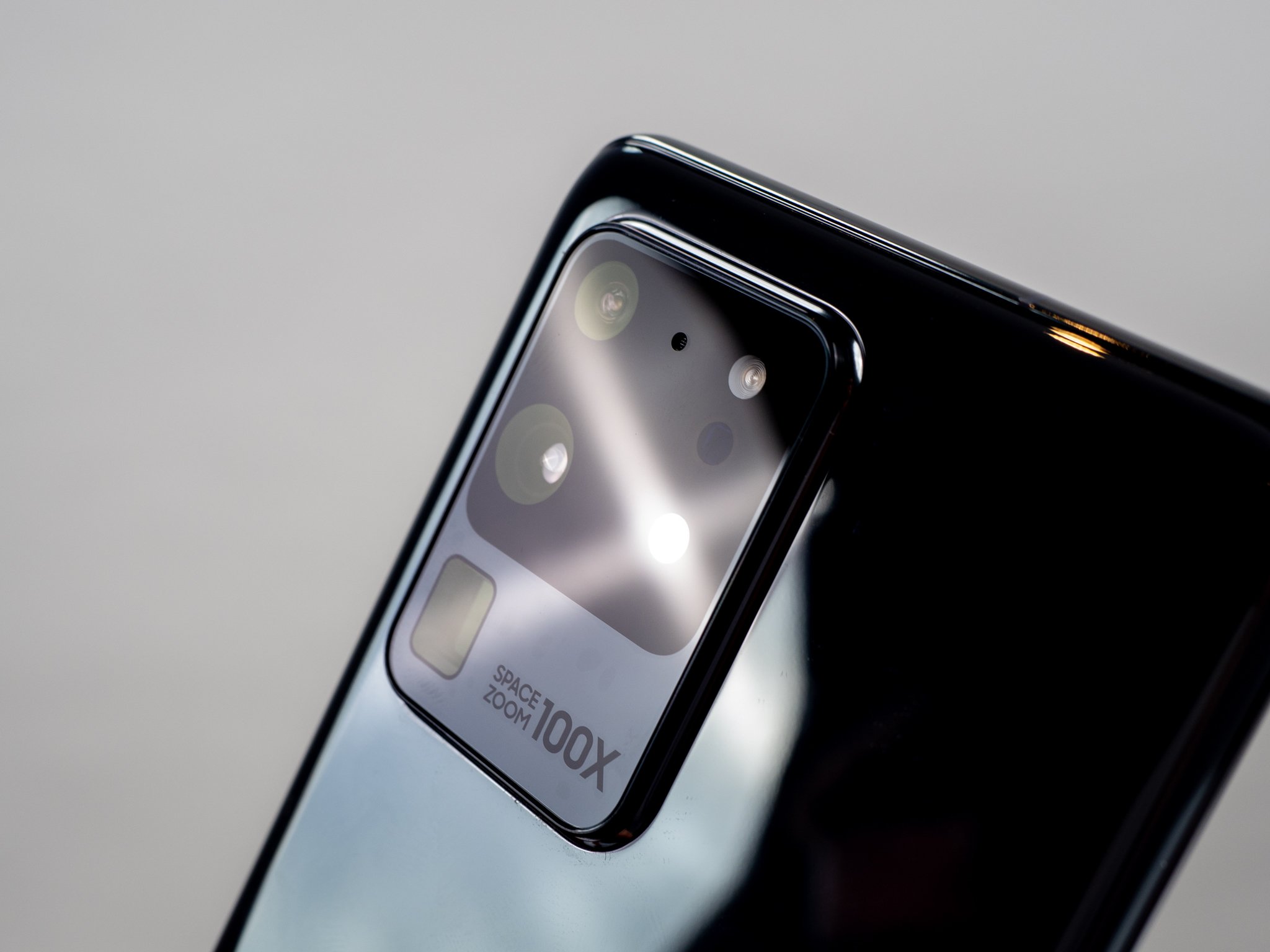
The Galaxy S20 Ultra brings something that most people would have never imagined possible with a phone camera: 100x zoom.
Samsung calls it Space Zoom, and while the full 100x shots we've seen aren't super crisp and perfectly clear, they are still pretty amazing when you think about it. You're getting 100 times zoomed-in shots from a tiny phone camera sensor and almost no actual focal length in the lens, and you can still tell what you're looking at. That's something that would never happen if you could pinch-zoom in 100 times, and it's pretty impressive.
How Samsung does it isn't 100% documented (some secrets are good to keep close to the breast), but it's also not entirely a new thing. We've seen companies like Huawei offer phone cameras with 50X zoom using the same methods, and even some small point and shoot stand-alone cameras do the same things. It's known as a periscope lens, and it's really cool if you're into knowing how things like this work.
Focal length
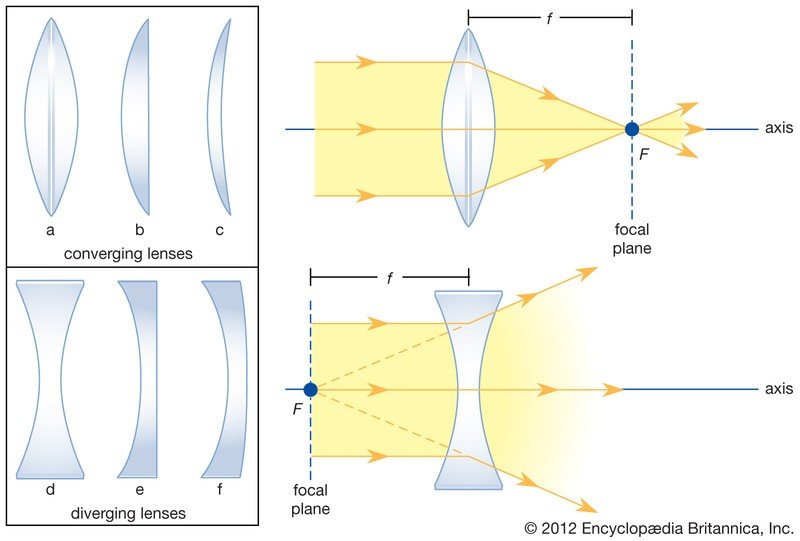
You've seen plenty of photos or even videos with absurd amounts of zoom, but they all have come from expensive cameras with really long and equally expensive lenses to get you closer to the subject without moving your feet. This is because of what's known as focal length.
Focal length is a measurement from the center of a camera lens and the point where all the light it collects comes into focus. It's not just a camera lens thing, either. Telescopes, microscopes, and even contact lenses all have a focal length. Sometimes it's adjustable like seen on a DSLR camera lens or a microscope, and sometimes it's a fixed point like most smartphone camera systems or contact lenses.
What's important about it for photographs is that shallow (shorter) focal lengths make for wider angle photos, but you have less of an ability to focus on objects at a longer distance. The opposite is true, too: the longer the focal length the more narrow the field of view is, but you can focus on objects further away.
You've seen focal length in action if you have ever used binoculars: far and narrow or close and wide.
If you've ever used binoculars, you've seen this in action. You can see things very far away, but you can only see a very narrow slice of the world around you. It's the trade-off that has to be made using optical lenses. Note that this is very different from digital zooming, where an image is electronically cropped and enlarged to fill the photo.
Get the latest news from Android Central, your trusted companion in the world of Android
You can get away with a tiny bit of digital zoom in almost any smartphone camera, but if you want crisp and sharply focused photos of something more than 10 meters or so away, you need real optical zoom.
The periscope camera
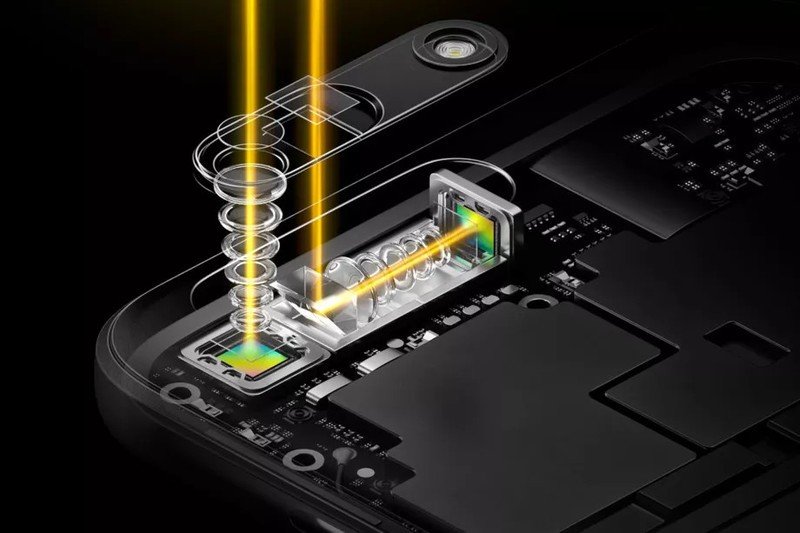
Because you need a long focal length to get decent amounts of zoom from a camera system, it's tough to do it on a smartphone. Phones are thin, and even with an absurd camera bump, the sensor is still very close to the lens. As such, the focal length has to be quite short.
The solution is simple in theory: move the lens further away from the sensor. In reality, it's not so simple.
There isn't much room between the lens and the sensor on your phone, so some neat tech comes into play for telephoto.
What Samsung is doing is using what's called a periscope lens system. That doesn't mean anything pops up from the top of the phone like a submarine, but it uses the same idea — the lens and sensor are not mounted in a straight line, and prisms or mirrors are used to direct the light from the lens along the periscope tube back to the sensor.
As long as the mirrors or prisms are the correct shape and mounted at exact angles, this makes the focal length much longer without distorting the image. The render above is from Oppo and shows a 5x lossless zoom camera using this idea where light is "bent" through the lens and a system of prisms to hit the sensor on the right side.
Samsung is using a periscope lens arrangement and what it calls "Hybrid Optic Zoom" to have a full 10x optical zoom lens on the Galaxy S20 Ultra's telephoto camera.
10 times 10
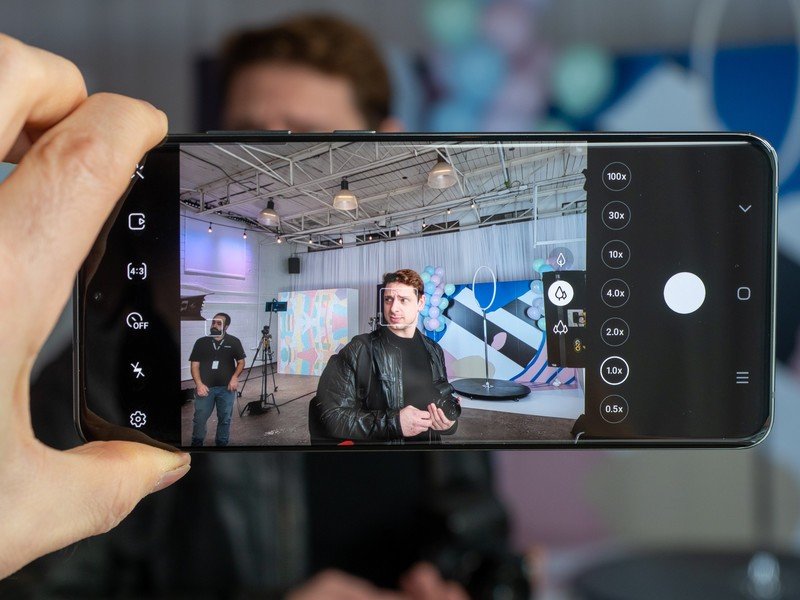
10X optical zoom doesn't sound like a lot and it definitely doesn't sound the same as 100X or even a little bit Space Zoomy. This is where two high-resolution camera sensors and some processing magic come into play.
10X optical zoom on a smartphone is pretty amazing, but it's far from Space Zoomy.
Once you pass the 10X zoom mark, the S20 Ultra's image processing uses digital zooming methods on image data collected from both the 48MP telephoto sensor and the huge 108MP main camera. The image is cropped and sharpened based on what the telephoto lens can "see," and light values and other sensory data the main camera sensor is collecting.
The image processing hardware and software algorithms on the S20 Ultra are very good. Using Qualcomm's DSP and software that's every bit as good as what Google can do with low-light photography, you can get a very nice photo at a very high amount of zoom. And you can also do what sounds impossible — get a photo that you can actually use at 100X zoom even if it's not the sharpest picture you've ever taken.
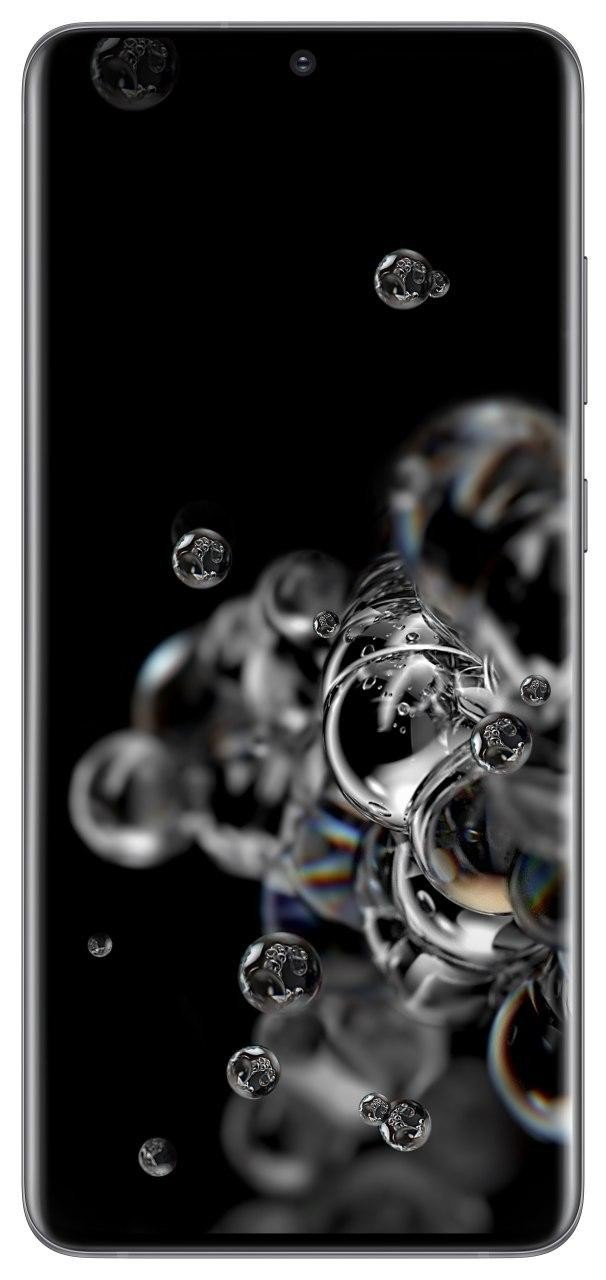
Zoom like never before
The Galaxy S20 Ultra is pricey, but it also takes telephoto photos like no other smartphone. It does this by building and innovating on what we already knew was great about camera zooming. The end result? 10x optical zooming and 100x digital zooming. Yeah, it's really impressive.

Jerry is an amateur woodworker and struggling shade tree mechanic. There's nothing he can't take apart, but many things he can't reassemble. You'll find him writing and speaking his loud opinion on Android Central and occasionally on Threads.

